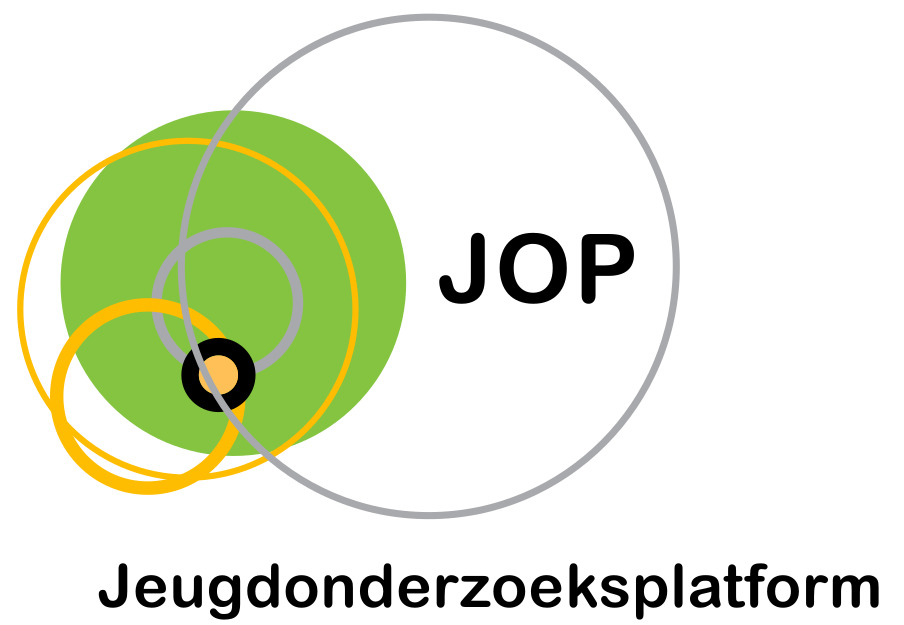Violent Youth Group Involvement, Self-reported Offending and Victimisation: An Empirical Assessment of an Integrated Informal Control/Lifestyle Model.
Auteurs
Pauwels, L. J. R., & Svensson, R. (2013).

Abstract
Deze studie gaat de relatie tussen familiale en onderwijsachterstanden op zelf-gerapporteerd daderschap, slachtofferschap en betrokkenheid bij gewelddadige jongerengroepen in een Belgische, middelgrote stad. Veel studies hebben reeds gefocust op de relatie tussen familiale nadelen (éénouder gezinnen, immigratieachtergrond) en onderwijsachterstanden (beroepsonderwijs, schooluitval) en betrokkenheid bij gewelddadige groepen, daderschap/slachtofferschap via vragenlijsten. Deze huidige studie gaat vooreerst na in welke mate sociale banden (ouderlijke monitoring en de sociale band met de school), afwijkende overtuigingen, lage zelfcontrole en levensstijl risico’s stabiele mediatoren zijn van de relatie tussen familiale en onderwijsachterstanden op zelf-gerapporteerd daderschap, slachtofferschap en betrokkenheid bij onrustwekkende jongerengroepen bij jonge adolescenten. De resultaten suggereren dat het ‘lifestyle-exposure’ model, dat initieel werd gebruikt om individuele verschillen in slachtofferschap uit te leggen, veel beter weggelegd is om verschillen in zelf-gerapporteerd daderschap en betrokkenheid bij gewelddadige jongerengroepen te verklaren dan slachtofferschap.
The present study assesses the relationship between family and educational disadvantage on selfreported offending, victimisation and violent youth group involvement in a Belgian medium-sized city. Many studies have focused on the relationship between family disadvantage (one-parent families, immigrant background) and educational disadvantage (vocational tracking, school failure) and violent youth group involvement, offending/victimisation in surveys. The present study primarily assesses to what extent social bonds (parental monitoring and the school social bond), deviant beliefs, low selfcontrol and lifestyle risk are stable mediators of the relationship between family and educational disadvantage and self-reported offending, victimisation and troublesome youth group involvement among young adolescents. The results indicate that the lifestyle-exposure model, which was initially used to explain individual differences in victimisation is much better capable of explaining differences in selfreported offending and violent youth group involvement than victimisation. The implications for further studies are discussed.
Referentie
Pauwels, L. J. R., & Svensson, R. (2013). Violent Youth Group Involvement, Selfreported Offending and Victimisation: An Empirical Assessment of an Integrated Informal Control/Lifestyle Model. European Journal of Criminal Policy Research, 19, 369-386
Taal
Engels
Publicatievorm
Tijdschriftartikel
ISBN – DOI
10.1007/s10610-013-9205-7
Trefwoord(en)
Levensstijlen, daderschap, zelfcontrole, slachtofferschap, betrokkenheid bij gewelddadige jongerengroepen
